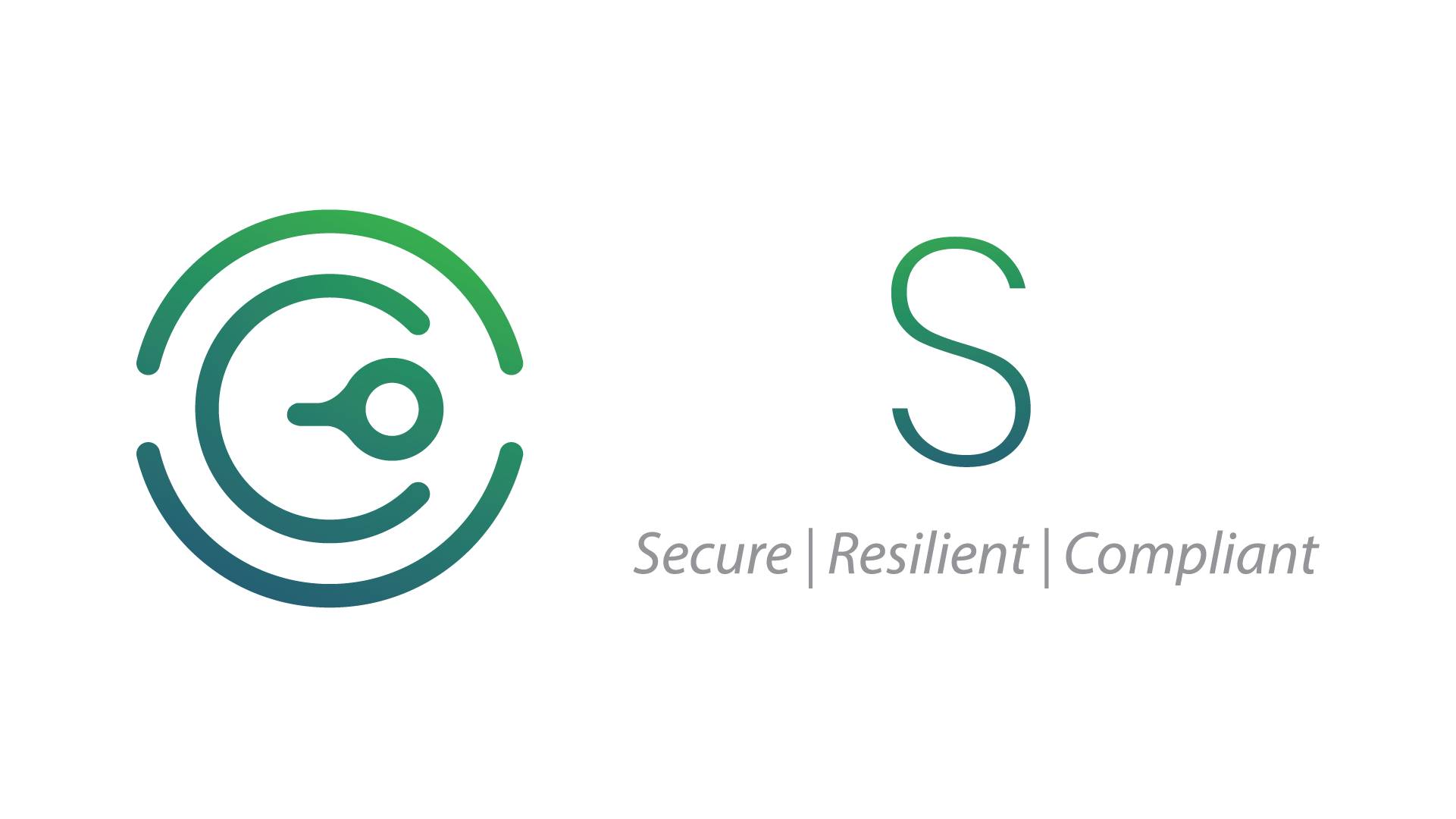
The Cost of a Data Breach in Saudi Arabia: What You Should Know
Data is the new currency — and in Saudi Arabia’s growing digital economy, it’s also a liability if not protected properly. Whether you’re a fintech startup, a healthcare provider, or a logistics platform, the consequences of a data breach can be severe.
Beyond direct financial losses, businesses in Saudi Arabia now face strict regulations, reputational damage, and operational disruption after a cyber incident.
This article breaks down the real cost of a data breach in Saudi Arabia in 2025 and how your organization can minimize exposure through proactive cybersecurity and compliance.
2. What Qualifies as a Data Breach?
A data breach occurs when sensitive, confidential, or protected data is accessed or disclosed without authorization. This includes:
- Customer personal data (name, ID, contact)
- Payment information (card or bank details)
- Login credentials or health records
- Intellectual property or internal business files
Breaches can result from:
- External cyberattacks (e.g. ransomware, phishing)
- Insider threats (disgruntled or careless employees)
- Third-party vendor lapses
- Misconfigured databases or cloud storage
3. What Does a Data Breach Cost Saudi Businesses in 2025?
According to industry estimates and recent case studies, the average cost of a data breach in Saudi Arabia ranges from SAR 1.2 million to SAR 4 million, depending on the business size and industry.
Let’s break it down:
1. Financial Loss
- Direct costs: Forensics, remediation, legal support
- Ransom payments: Increasing in amount and frequency
- Revenue loss: Especially for SaaS platforms and e-commerce
- Customer churn: Breach-related cancellations or exits
2. Regulatory Penalties
Saudi Arabia’s Personal Data Protection Law (PDPL) mandates:
- Data breach notification within a set time window
- Fines up to SAR 5 million for violations
- Restrictions on future data processing rights
If you’re also regulated by SAMA (banks, fintech) or NCA (critical infrastructure), additional audits and sanctions may apply.
3. Reputational Damage
Customers expect privacy. A breach can break trust instantly, especially in sensitive sectors like finance or healthcare.
- Loss of customer loyalty
- Media exposure and crisis PR costs
- Lower investor confidence or acquisition valuations
4. Operational Disruption
- Systems may go offline during investigations
- Teams are diverted to damage control
- Service outages lead to SLA violations
In a 2024 incident, a Riyadh-based tech firm faced a 3-day outage due to a data breach, leading to contract termination by a major client.
5. Long-Term Recovery Costs
- Additional cybersecurity investments post-incident
- Lawsuits or insurance claims
- Rebuilding customer trust with incentives or service credits
4. Industry-Specific Impact
Industry | Breach Impact | Recovery Cost |
Finance | High compliance penalties (SAMA) | SAR 2–5M |
Healthcare | Sensitive data exposure, PDPL penalties | SAR 1.5–3M |
Retail & eCom | Payment fraud, customer loss | SAR 1–2M |
Logistics | Client data & operational delays | SAR 800K–2M |
5. Case Study: Fintech Firm in Jeddah
A growing fintech app handling digital payments suffered a phishing attack in 2023. The attacker gained access to 2,000 user accounts.
Cost Summary:
- SAR 600,000 in legal and forensic costs
- SAR 1.2 million in lost contracts and service credits
- SAR 400,000 in brand damage control (PR, marketing)
- Total: ~SAR 2.2 million
6. How to Minimize Data Breach Risks in Saudi Arabia
✅ 1. Conduct Penetration Testing
Simulate real-world attacks to find vulnerabilities in your apps, networks, or APIs before criminals do.
✅ 2. Implement Role-Based Access Control (RBAC)
Ensure only authorized users can access sensitive information.
✅ 3. Train Your Employees
Phishing and human error remain top breach causes. Conduct regular awareness workshops and email simulations.
✅ 4. Backup Critical Data
Ensure frequent, encrypted backups of customer and business-critical data — stored offline or in isolated environments.
✅ 5. Vendor Security Due Diligence
If you use third-party tools or cloud services, validate their security posture and compliance with PDPL or ISO 27001.
✅ 6. Appoint a DPO and Build a Breach Response Plan
The PDPL encourages large organizations to appoint a Data Protection Officer (DPO). Also, define internal SOPs for reporting, containing, and recovering from breaches.
✅ 7. Insure Against Cyber Incidents
Cyber insurance policies can help absorb recovery costs — but usually require you to meet minimum cybersecurity standards first.
7. How Centre Systems Group Can Help
We specialize in helping Saudi organizations:
✅ Implement data protection frameworks
✅ Meet PDPL, NCA, and SAMA compliance
✅ Conduct penetration tests and risk assessments
✅ Train staff in breach prevention and response
✅ Build robust data encryption and access controls
Our local experience ensures regulatory alignment and fast, effective mitigation strategies.
The cost of a data breach in Saudi Arabia goes far beyond just riyals. It affects your credibility, compliance standing, and operational capacity. In a regulatory environment that’s tightening fast, proactive data protection is the only viable strategy.
At Centre Systems Group, we help Saudi businesses prevent, detect, and respond to data breaches — with the tools, training, and compliance frameworks to keep your business safe.
📞 Ready to secure your business? Let’s assess your breach risk today.
Frequently Asked Questions
Is it mandatory to report a data breach in Saudi Arabia?
Yes, under PDPL, you must notify the regulatory authority and (in some cases) affected individuals
Can SMEs be fined for a breach?
Yes. PDPL applies to all businesses handling personal data — regardless of size.
What’s the biggest cause of breaches in KSA?
Phishing and misconfigured cloud storage are top causes
Can breach costs be covered by insurance?
Partially — but coverage depends on your existing security controls and policy terms.



Leave a Reply